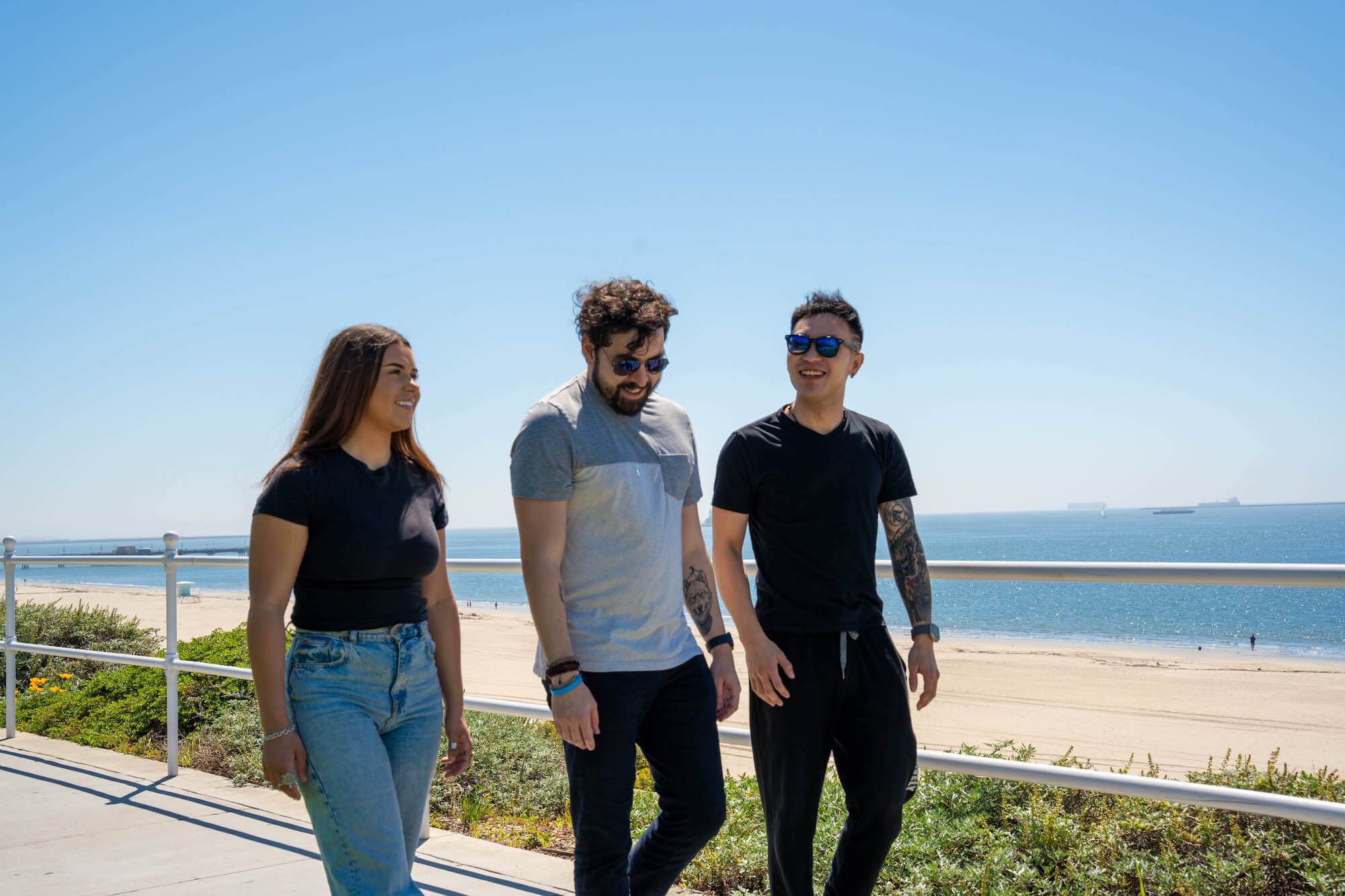Rates of addiction, clinically described as substance use disorder, continue to climb in the United States in 2023.
SAMHSA (Substance Abuse and Mental Health Services Administration) publishes data every year on substance abuse and treatment in the United States. This is known as NSDUH (National Survey on Drug Use and Health). Before the pandemic of 2020, just 8.3 million U.S. adults were addicted to drugs and 14.5 were addicted to alcohol. The most recent data, published in 2023, indicate that:
- 27.2 million U.S. over-12s reported an addiction to illicit drugs
- 29.5 million U.S. over-12s reported an addiction to alcohol
Read on to find more drug use statistics and discover how to connect with evidence-based care in California.
2023 US Addiction Facts
The most current addiction statistics for the United States show that:
- 29.5 million over-12s met the criteria for alcohol use disorder.
- 19 million over-12s met the criteria for marijuana use disorder.
- 1.4 million over-12s met the criteria for stimulant use disorder related to cocaine.
- 900,000 over-12s met the criteria for opioid use disorder related to heroin.
- 592,000 over-12s met the criteria for hallucinogen use disorders.
- 332,000 over-12s met the criteria for inhalant use disorder.
- 1.8 million over-12s met the criteria for related to meth.
- 6.1 million over-12s met the criteria for opioid use disorder related to prescription opioids.
Drug Use Statistics by State
NSDUH alcohol and drug use statistics by state had not been available since 2019. SAMHSA voiced concerns about combining data from 2019 and 2020 due to a shift from in-person data collection to web-based data collection resulting from the pandemic. It is now possible to view estimates for drug use by state, though.
Fentanyl is by far the most damaging drug used across the United States in 2023. For the past decade, the abuse of this deadly synthetic opioid has been sharply rising, with more than 100,000 people dying each year from fentanyl overdose. 88% of all opioid overdoses now involve fentanyl.
Teenage Drug Use Statistics
Teen drug statistics for 2023 suggest that overall, the use of illicit drugs is decreasing slightly among this demographic. Marijuana is the outlier, with 6.4% of teens using the drug compared to 6.1% in the previous year. This is partly due to changing laws surrounding marijuana use, and partly triggered by different methods of consuming cannabis, including edibles and marijuana vapes. The latest NSDUH report makes changes to questions to reflect this. You can consult those changes just here.
Statistics on teen drug use also show that fewer young adults meet the criteria for substance use disorders and alcohol use disorders in 2023 than in 2021.
Alcohol addiction statistics and opioid addiction statistics make it apparent that more people than ever are grappling with treatable addictions. How many actually get the help they need, though?
Treatment for Alcohol & Drug Addiction Statistics
The most disturbing disconnect in drug use statistics 2023, as in all previous years, is the gulf between those who need addiction treatment and those who manage to engage with evidence-based therapies. This is especially concerning since substance use disorder is a progressive condition that normally worsens unless treated.
- Of the 27 million U.S. adults with diagnosable drug addictions, 6.2 million (23%) received treatment.
- Of the 21.5 million U.S. adults with diagnosable alcohol addictions that do not also involve drugs, 4.3 million (20%) received treatment.
- 3.4 million individuals engaged with inpatient rehab.
- 9.9 million individuals engaged with outpatient rehab.
- 38 million people did not seek addiction treatment and did not think that they needed treatment.
- Among those who did not seek addiction treatment, a staggering 1.1 million failed to engage because they did not know how to get help.
- MAT (medication-assisted treatment) remains the gold standard for treating alcohol use disorders and opioid use disorders. 1.2 million U.S. adults engaged with MAT for alcohol use disorder, and 2.4 million were prescribed medications to treat opioid use disorder.
- Most people sought drug addiction treatment for substance abuse involving opioids or marijuana.
If you have been affected by drug addiction or alcohol addiction, we can help you recalibrate your life at Gratitude Lodge in Southern California.
FAQs
How does drug addiction affect the brain?
Addiction to drugs, prescription medications, or alcohol disrupts the reward system of the brain by triggering an abnormal release of dopamine, ultimately leading to structural changes in the brain.
Can drug addiction be treated successfully?
Yes, all drug addictions are treatable. Evidence-based treatments involve a combination of FDA-approved medications (if applicable), behavioral therapies, and counseling.
Are all drugs equally addictive?
No, the addictive potential of drugs varies. This is reflected in the way they are categorized by DEA (United States Drug Enforcement Administration). Schedule I substances have the highest potential for addiction, while drugs in Schedule IV are considered less addictive.
How does MAT (medication-assisted treatment) work?
MAT blends medications approved by FDA with psychotherapies and counseling to treat opioid addictions and alcohol addictions. Medications can help reduce the intensity of withdrawal symptoms and mitigate cravings for drugs or alcohol. MAT may be used during detox and throughout ongoing addiction treatment.
What is the most effective approach to addressing drug addiction or alcoholism?
Engaging with drug or alcohol rehab will maximize the chance of initiating and maintaining recovery. Inpatient rehab offers an immersive experience for those with severe addictions or co-occurring disorders. Outpatient rehab is a more affordable and flexible option for those committed to recovery.
Get Treatment for Alcohol and Drug Addiction at Gratitude Lodge
With so many people in the United States meeting the criteria for addiction and so few engaging with treatment, don’t let yourself become another of the statistics of addiction. Instead, reach out to Gratitude Lodge in Long Beach or Newport Beach, CA. and discover how you can initiate whole-body healing, even if you have a severe substance use disorder or alcohol use disorder.
Kickstart your recovery the right way with supervised medical detoxification at one of our treatment centers in Long Beach or Newport Beach, CA. Take advantage of continuous care and FDA-approved medications to reduce the intensity of drug or alcohol withdrawal. having addressed the issue of physical dependence, you can move into one of our ongoing addiction treatment programs in California. Expect to access personalized therapies, such as:
- Psychotherapies (CBT or DBT)
- Medication-assisted treatment
- Motivational therapies
- Individual and group therapy
- Family therapy
- Holistic interventions
- Aftercare and support
If you are tired of living constrained by addictive substances, call 800-994-2184 to kickstart your long-term recovery.




























